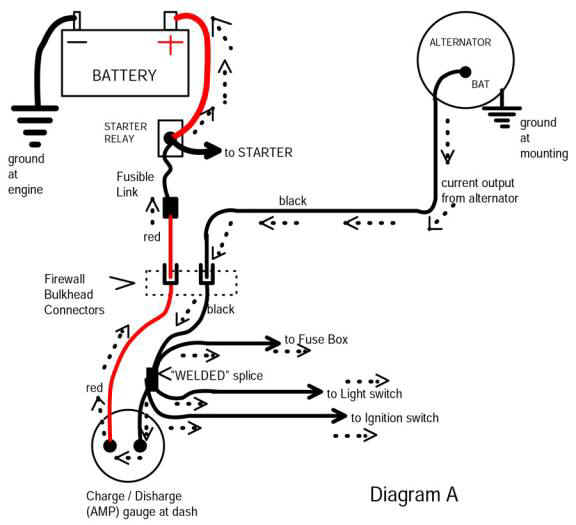jos51700
Green Bearing thread connoisseur
Bypass your bulkhead connector.
Bypass your bulkhead connector.
Bypass your bulkhead connector.
Do it before your car burns down.
Run a heavy gauge wire with appropriate sized fusible link from the alternator output stud directly to Bat (+) stud on starter relay.
See if this fixes it. I personally would do this to every single Mopar on the road. EVERY ONE. I almost lost my Dart TWICE to this issue, I got tired or replacing harness's constantly. The ammeter won't be accurate but honestly, I have more faith in the entire rest of the system than the ammeter. I actually bypassed my ammeter at this point because it left me walking once and it wasn't accurate anyway.
It's funny, once I took the ammeter and bulkhead out of the circuit, I stopped roasting regulators, alternators, and batteries.
Bypass your bulkhead connector.
Bypass your bulkhead connector.
Do it before your car burns down.
Run a heavy gauge wire with appropriate sized fusible link from the alternator output stud directly to Bat (+) stud on starter relay.
See if this fixes it. I personally would do this to every single Mopar on the road. EVERY ONE. I almost lost my Dart TWICE to this issue, I got tired or replacing harness's constantly. The ammeter won't be accurate but honestly, I have more faith in the entire rest of the system than the ammeter. I actually bypassed my ammeter at this point because it left me walking once and it wasn't accurate anyway.
It's funny, once I took the ammeter and bulkhead out of the circuit, I stopped roasting regulators, alternators, and batteries.

















